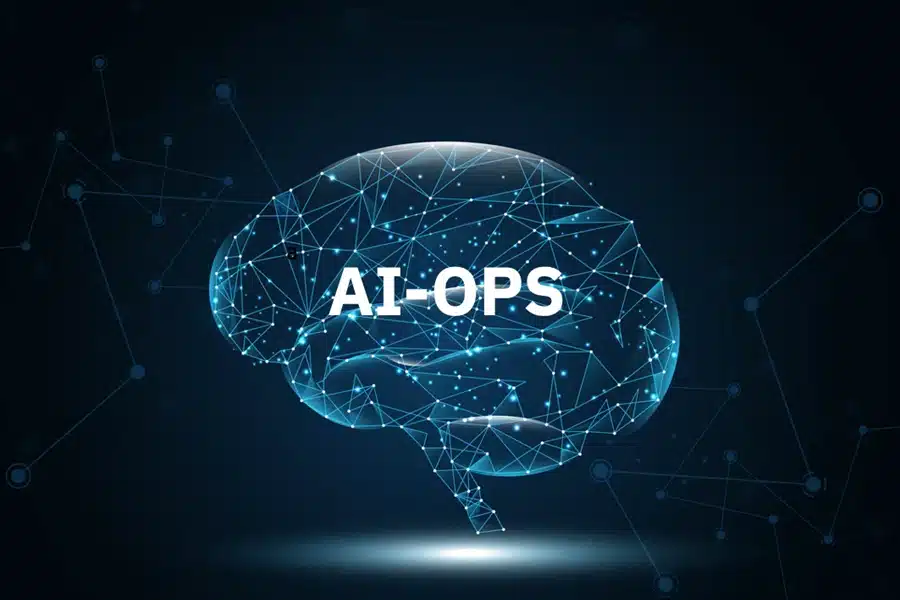Related Resources
Internal auditing plays a crucial role in ensuring regulatory compliance, risk mitigation, and operational efficiency. Traditionally, audits relied on manual reviews, sample-based testing, and periodic assessments, making them time-consuming and prone to human error. However, as business environments become increasingly complex – facing heightened regulatory scrutiny, evolving financial regulations, and increasing volumes of data – traditional auditing methods are struggling to keep up.
Artificial intelligence (AI) is transforming internal auditing by automating compliance checks, detecting anomalies in real-time, and enhancing risk assessment. By leveraging machine learning, natural language processing (NLP), and predictive analytics, AI-driven audit solutions enable organizations to shift from reactive audits to continuous, proactive monitoring of compliance risks.
The Challenges of Traditional Internal Auditing
Organizations face several key challenges when conducting internal audits:
- Time-consuming manual reviews – Auditors must sift through vast amounts of transactional data, contracts, and financial statements, making audits slow and inefficient.
- Limited scope of testing – Traditional audits often rely on sample-based testing, missing potential compliance risks in untested transactions.
- Delayed fraud and risk detection – By the time audits uncover compliance violations, financial misconduct, or operational risks, the damage may already be done.
- Regulatory complexity – Keeping up with rapidly changing compliance requirements across multiple jurisdictions is challenging for manual audit teams.
AI-driven internal audits address these challenges by automating data analysis, expanding audit coverage, and identifying risks before they escalate.
AI-Powered Data Analysis and Risk Identification
One of the most transformative aspects of AI in internal auditing is its ability to analyze vast volumes of structured and unstructured data. Traditional audits rely on predefined rules and checklists, whereas AI-driven systems:
- Continuously scan financial transactions, contracts, and logs for anomalies
- Detect unusual spending patterns, invoice fraud, or policy violations in real time
- Analyze employee emails and communication records for compliance risks (e.g., insider trading or financial misconduct)
By using machine learning, AI adapts over time, refining its ability to identify compliance risks without needing constant human intervention.
Automating Compliance Checks with AI
Compliance is an ever-evolving landscape, with regulatory frameworks like SOX, GDPR, IFRS, and Basel III requiring constant monitoring. AI simplifies compliance by:
- Automating regulatory updates – AI systems scan new laws and policies, flagging relevant changes that may impact internal controls.
- Ensuring financial reporting accuracy – AI cross-references financial statements with compliance standards to identify reporting inconsistencies.
- Reducing manual effort – Instead of compliance teams spending weeks reviewing reports, AI-driven audits complete these checks in minutes, reducing costs and human errors.
Automated compliance monitoring ensures that companies remain audit-ready year-round, rather than scrambling to prepare for regulatory reviews.
AI and Continuous Auditing: Moving Beyond Periodic Reviews
Historically, internal audits have been conducted on a quarterly or annual basis, meaning compliance risks may go undetected for months. AI enables continuous auditing, which provides:
- Real-time compliance checks, ensuring immediate identification of non-compliance risks
- Automated alerts when suspicious transactions or regulatory violations occur
- Integration with financial and ERP systems to audit transactions as they happen
With AI-driven continuous auditing, companies can respond to compliance risks in real time, significantly reducing exposure to financial penalties or reputational damage.
Fraud Detection and AI-Driven Anomaly Detection
Fraud remains one of the biggest threats to organizations, costing businesses billions annually. Traditional fraud detection relies on manual red flags and whistleblower reports, but AI-driven audits enhance fraud prevention by:
- Analyzing behavioral patterns to detect unauthorized financial activities
- Identifying irregularities in procurement, payroll, and expense reports
- Predicting fraudulent trends based on historical audit findings and market behaviors
By integrating AI-powered fraud detection into internal audits, organizations can prevent financial losses before they occur.
AI-Powered Audit Trail and Documentation
Audit documentation is often a tedious and labor-intensive process. AI streamlines this by:
- Automatically generating audit reports based on real-time audit findings
- Maintaining comprehensive digital audit trails to improve transparency
- Ensuring audit logs are immutable and tamper-proof for regulatory compliance
By reducing manual documentation efforts, AI enables auditors to focus on strategic risk assessments rather than paperwork.
AI and Regulatory Technology (RegTech) Integration
AI-powered internal auditing is increasingly integrated with RegTech (Regulatory Technology) solutions to enhance compliance automation. These integrations provide:
- Automated compliance workflows that adapt to new regulations
- AI-powered contract analysis to ensure compliance with industry-specific requirements
- Cloud-based audit analytics for centralized risk management across global business units
RegTech integration helps companies stay ahead of regulatory changes while reducing compliance costs.
Future Trends in AI-Driven Internal Audits
As AI technology continues to evolve, several emerging trends will further shape AI-powered internal auditing:
- AI-driven predictive auditing – Using AI to anticipate future compliance risks before they materialize.
- Natural language processing (NLP) for contract compliance – AI-driven tools that read, analyze, and flag contract clauses for legal risks.
- Blockchain-enabled audit verification – Using blockchain for secure, immutable audit trails to enhance financial transparency.
- AI-powered whistleblower detection – Analyzing internal communications for early signs of fraud or ethical violations.
These advancements will push internal auditing beyond reactive assessments and into a proactive, AI-driven compliance strategy.
Transform Your Internal Audit Process with AI
AI-driven internal auditing is not just about efficiency – it is about enhancing compliance oversight, improving fraud detection, and reducing financial risks. Organizations that leverage AI-powered audit solutions will gain a significant competitive advantage in regulatory compliance and risk management.
At Bronson AI, we specialize in helping organizations implement AI-driven solutions that enhance efficiency, reduce costs, and drive business growth. Contact us today to explore how AI-powered automation can streamline your operations and future-proof your business.




